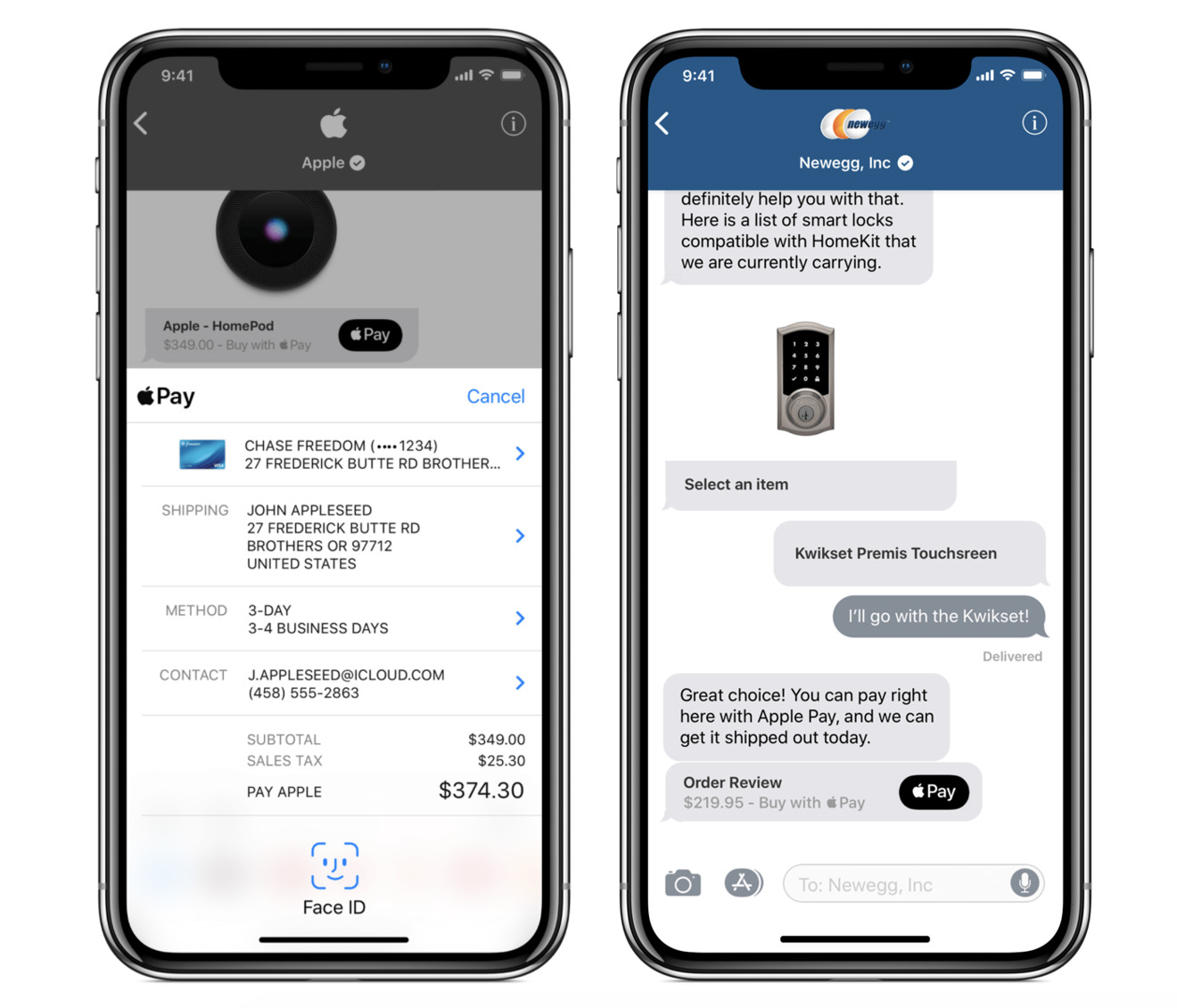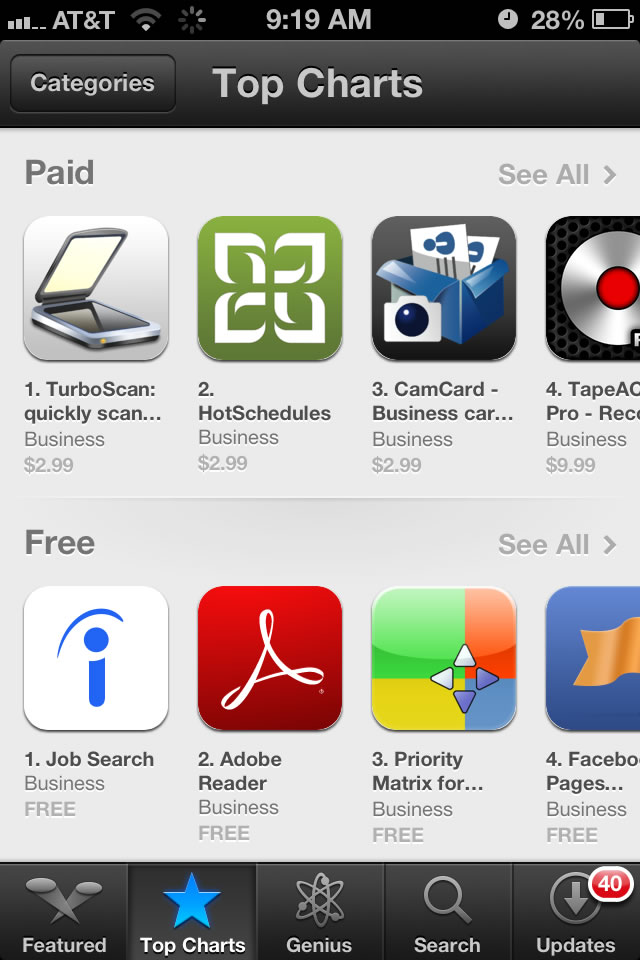Apple hardware, software and services work together to deliver a seamless experience that just works. You can start a project on Mac and finish it on iPad, use your screens side by side to extend your workspace, and even draw with Apple Pencil on your iPad or use your iPhone to make live updates on your Mac. Apple’s Business Chat is a powerful new way for businesses to connect directly with customers using iPhone, iPad, Mac, and Apple Watch. With Business Chat, your customers can easily get assistance, schedule appointments, and complete purchases with Apple Pay, right from within Messages.
If your organization currently uses the Device Enrollment Program (DEP), you need to upgrade to Apple Business Manager. If your organization only uses the Volume Purchase Program (VPP), you can enroll in Apple Business Manager and then invite existing VPP Purchasers to your new Apple Business Manager account.
Apple Business Manager lets you buy content and configure automatic device enrollment in your mobile device management (MDM) solution. Apple Business Manager is accessible on the web, and is designed for technology managers and IT administrators.
Review this information before you upgrade to Apple Business Manager.
Upgrade to Apple Business Manager
To upgrade to Apple Business Manager*, sign in to business.apple.com using your Apple Deployment Programs Agent account, then follow the instructions. The upgrade process only takes a few minutes.
After you upgrade, Apple Business Manager will have all of your:
- Accounts
- Account credentials
- MDM servers
- MDM devices
- Server tokens
- Device orders
- Other items associated with your account
After you complete the upgrade, use the Apple Business Manager portal to access your data. You won’t have access to the Apple Deployment Programs website after you upgrade.
Enroll in Apple Business Manager
To enroll in Apple Business Manager, go to business.apple.com and click Enroll Now. You'll need to provide information about your business including your D-U-N-S number, and an email address that hasn't been used as an Apple ID for any Apple service or website.
Choose a domain for Managed Apple IDs
When you enroll in or upgrade to Apple Business Manager, you'll be asked to enter your organization’s website. Apple Business Manager uses the website you enter and will create a reserved domain as the default domain for your Managed Apple IDs. For example, if your website is www.mycompany.com, your Managed Apple IDs will look like manager@mycompanycom.appleid.com.
Your Apple Business Manager Administrator can change the default domain after upgrading as well as add additional domains. Any domains that are added after enrolling must be verified before they can be used for Managed Apple IDs.
Invite VPP Purchasers to Apple Business Manager
Your organization might have one or more separate VPP accounts. After you enroll in, or upgrade to Apple Business Manager, you can invite them to your new Apple Business Manager account. Learn how to invite VPP Purchasers to Apple Business Manager.
Changes to roles for Apple Business Manager
Apple Business Manager introduces some changes to the roles that you assign to your users.
Agents are now Administrators

With Apple Deployment Programs, Agent was the highest level of administrative access. Agents had the ability to accept the Apple Deployment Programs Terms and Conditions on behalf of your organization.
In Apple Business Manager, this role is now called Administrator. Your organization can have up to five Administrators in Apple Business Manager.
Admins are now Managers
In Apple Deployment Programs, there were Admins for DEP and VPP. When upgrading to Apple Business Manager, existing Admins are converted to Managers. The table below shows how Admin roles convert to Manager roles:
Game Apps For Mac
Role in Apple Deployment Programs | Role in Apple Business Manager |
DEP Admin | Device Manager |
VPP Admin | Content Manager |
Admin who can create and edit other Admins | People Manager |
None | Staff |
A single user can have multiple roles in Apple Business Manager. If your user was an Admin for more than one program, they’ll be assigned all roles that apply in Apple Business Manager. The Administrator or People Manager can add, remove, or change Manager roles after you upgrade.
Managed Apple IDs for all roles

When your previous Agent and Admins sign in to Apple Business Manager for the first time, their Apple IDs are converted into Managed Apple IDs. If their accounts weren’t previously set up with two-factor authentication, they should set it up at that time.
Learn More
Learn how to set up and use Apple Business Manager.
* To upgrade to Apple Business Manager, you need a Mac with Safari version 8 or later, or a PC with Microsoft Edge version 25.10 or later.
iOS is the foundation of every iPhone and iPad. Built-in technologies, seamless security, and integration with enterprise systems make iOS the best platform for business. And with developer tools like Swift and Xcode, every business can build amazing apps on iOS.
Create Start with the best tools to create the best apps.
Apple provides everything you need to create amazing apps for iPhone, iPad, Mac, Apple Watch, and Apple TV. Xcode and Swift are now more powerful than ever — making it easy to get started building great apps.
Innovate Take advantage of cutting-edge Apple technologies.
iOS makes it easy to build amazing apps for business. Tap into the iOS SDK to build features in your apps that change the way business users work.
Integrate Get your apps enterprise ready.
Apple Business Apps For Mac Os
As you start building great apps for business, it’s important that they integrate seamlessly with enterprise systems. iOS provides the most comprehensive set of tools so you can build apps that are easily set up and managed by IT.
Distribute Choose the best distribution path to reach your users.
Skype For Business App Mac
Distribute apps that integrate seamlessly with businesses everywhere. Whether you’re distributing apps on the App Store, custom apps, or proprietary in-house apps, discover the range of options available to distribute apps to your audience.
